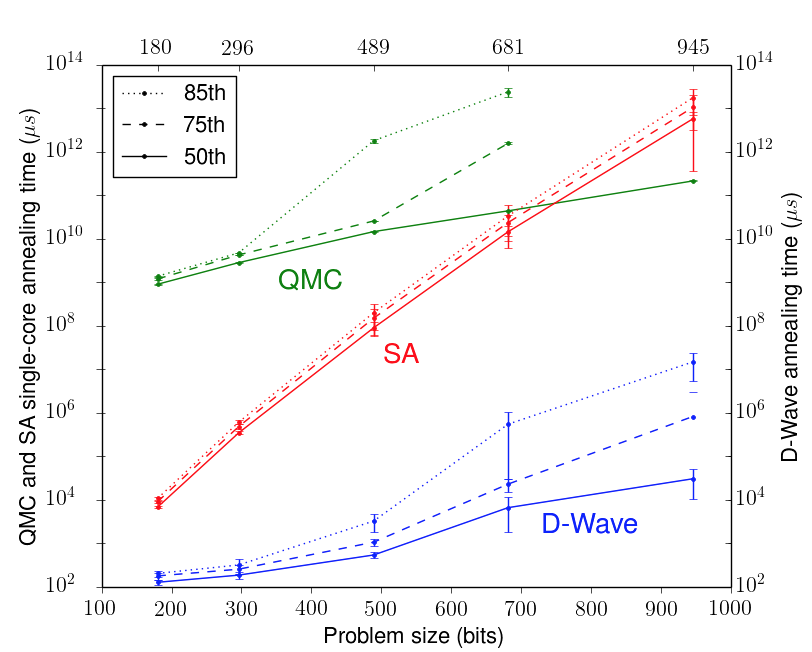For the first time a major physics problem has been proved unsolvable, meaning that no matter how accurately a material is mathematically described on a microscopic level, there will not be enough information to predict its macroscopic behaviour.
The research, by an international team of scientists from UCL, the Technical University of Music and the Universidad Complutense de Madrid – ICMAT, concerns the spectral gap, a term for the energy required for an electron to transition from a low-energy state to an excited state.
Spectral gaps are a key property in semiconductors, among a multitude of other materials, in particular those with superconducting properties. It was thought that it was possible to determine if a material is superconductive by extrapolating from a complete enough microscopic description of it, however this study has shown that determining whether a material has a spectral gap is what is known as “an undecidable question”.
“Alan Turing is famous for his role in cracking the Enigma, but amongst mathematicians and computer scientists, he is even more famous for proving that certain mathematical questions are `undecidable’ – they are neither true nor false, but are beyond the reach of mathematics code,” said co-author Dr Toby Cubitt, from UCL Computer Science.
“What we’ve shown is that the spectral gap is one of these undecidable problems. This means a general method to determine whether matter described by quantum mechanics has a spectral gap, or not, cannot exist. Which limits the extent to which we can predict the behaviour of quantum materials, and potentially even fundamental particle physics.”
The research, which was
published today in the journal Nature, used complex mathematics to determine the undecidable nature of the spectral gap, which they say they have demonstrated in two ways:
“The spectral gap problem is algorithmically undecidable: there cannot exist any algorithm which, given a description of the local interactions, determines whether the resulting model is gapped or gapless,” wrote the researchers in the journal paper.
“The spectral gap problem is axiomatically independent: given any consistent recursive axiomatisation of mathematics, there exist particular quantum many-body Hamiltonians for which the presence or absence of the spectral gap is not determined by the axioms of mathematics.”
In other words, no algorithm can determine the spectral gap, and no matter how the maths is broken down, information about energy of the system does not confirm its presence.
The research has profound implications for the field, not least for the Clay Mathematics Institute’s infamous $1m prize to prove whether the standard model of particular physics, which underpins the behaviour of the most basic particulars of matter, has a spectral gap using standard model equations.
“It’s possible for particular cases of a problem to be solvable even when the general problem is undecidable, so someone may yet win the coveted $1m prize. But our results do raise the prospect that some of these big open problems in theoretical physics could be provably unsolvable,” said Cubitt.
“We knew about the possibility of problems that are undecidable in principle since the works of Turing and Gödel in the 1930s,” agreed co-author Professor Michael Wolf, from the Technical University of Munich.
“So far, however, this only concerned the very abstract corners of theoretical computer science and mathematical logic. No one had seriously contemplated this as a possibility right in the heart of theoretical physics before. But our results change this picture. From a more philosophical perspective, they also challenge the reductionists’ point of view, as the insurmountable difficulty lies precisely in the derivation of macroscopic properties from a microscopic description.”
“It’s not all bad news, though,” added Professor David Pérez-García, from the Universidad Complutense de Madrid and ICMAT. “The reason this problem is impossible to solve in general is because models at this level exhibit extremely bizarre behaviour that essentially defeats any attempt to analyse them.
“But this bizarre behaviour also predicts some new and very weird physics that hasn’t been seen before. For example, our results show that adding even a single particle to a lump of matter, however large, could in principle dramatically change its properties. New physics like this is often later exploited in technology.”









